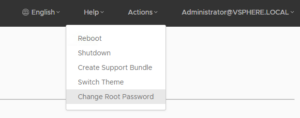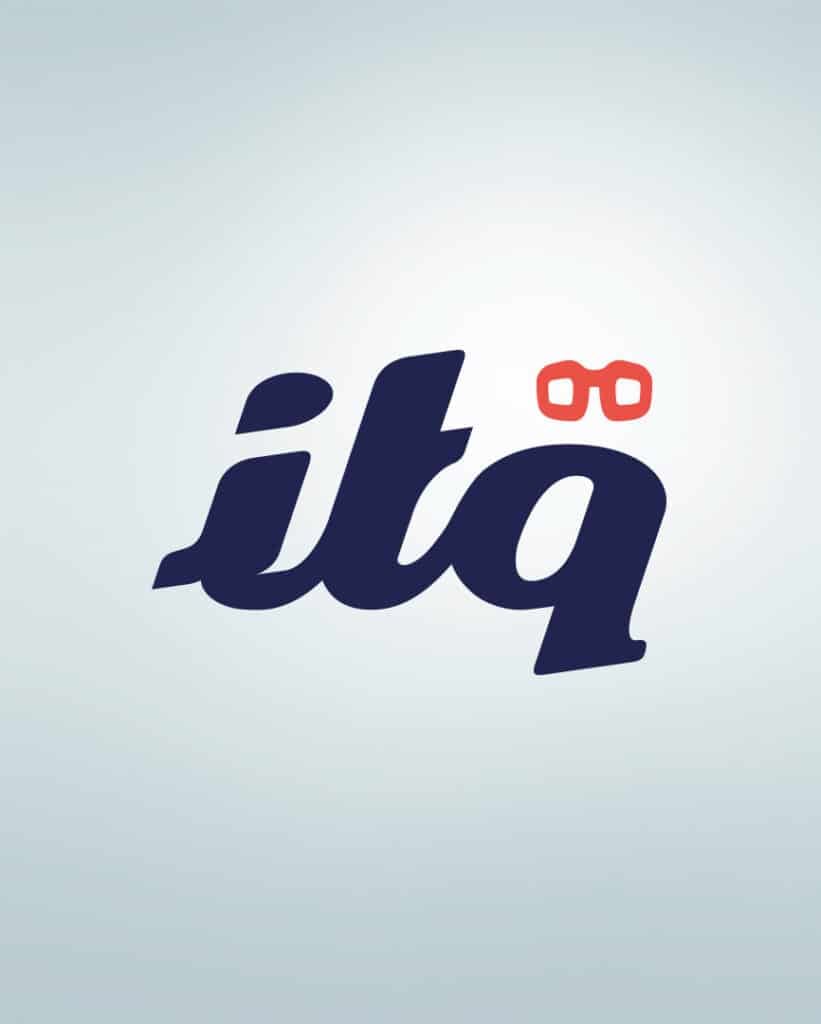Today many organizations are working hard to formulate or execute their cloud strategy, pressed by their business and competition to deliver services faster, cheaper and more agile.
Today’s available technology provides these capabilities, however only fully when:
- Organization’s operating model is optimized for delivering services (XaaS)
- existing workforce is enabled and organized to deal with this new technology
- organized in pro-active, agile and collaborating teams,
- the full potential of orchestration and automation of processes is used
- organizational roadblocks from the past are removed
But how do we plan, budget, organize and optimize for adopting the new technology effectively?
Create awareness in an early stage
The cloud journey typically starts with discussing virtualization of server, storage and networks and how many benefits that will bring. Creating a business case for that new technology is a rather straightforward exercise, depending on the complexity of the current organization’s IT landscape and applications.
Awareness and understanding about what is needed to transform the current workforce, its tasks and responsibilities, its day-to-day (often ITIL based) processes and the structure of teams. So, we have to answer the following questions:
1. How do the new optimized roles, teams, way-of-working, and organization look like?
2. Where are we now? What are our skills and competences? What is the gap?
3. What do we need to do to get this organized and how much time and money will it take?
Make sure your business case covers People, Process and Organization aspects as well
You need these answers, e.g. by executing a readiness check, to complete your business case and your cloud journey plan, to make sure you have covered the people, process and organization optimizations and benefits as well, aligned with the technology evolution.
Create a roadmap to build new agile roles and teams
A roadmap for People, Process and Organization (PP&O) aspects will guide you on how to adapt the current organization, build on existing skills, competences and processes.
The process track in this roadmap will tell you which processes to automate first, which processes to adept, to make lightweight or even to abandon.
Pro-active service orientation does not happen by just embracing the new technology, so a service oriented operating model will be the framework for the evolution of teams and their collaboration.
Use new services as a vehicle
To develop the recommended roles, teams and new capabilities to manage Service Life Cycles, use cases for new services are a perfect vehicle to illustrate and teach how to do that, which new roles and team(s) are involved and how to organize for automated self-service provisioning using the new technology effectively. Of course, enablement by product training is an important prerequisite for this.
Organize and Optimize
While building the platform capabilities, organize and optimize the new roles, teams, processes and organization in parallel, focused on benefits identified in the business case earlier and prioritized in the PP&O roadmap.
Delivering the services defined and build in the use cases for user groups that are eagerly waiting to consume them via a self-service portal with clearly defined support levels is the best value you can create for the organization.
So, don’t forget
to include People, Process and Organizational aspects in your business case and plan to make sure they contribute to and accelerate the realization of the planned benefits. A clear view on the current state and where you want to go will help you to design your PP&O roadmap.
ITQ is there to help you with a lot of experience at customers who went the same road, best practices for a VMware environment, examples, proven building blocks, such as role and team definitions, and a pragmatic approach to implement and accelerate the required capabilities for each plateau in your cloud journey.
Want to know more or need an Inspiration session?
Please contact Ton van Tubergen or Paul Legierse.



